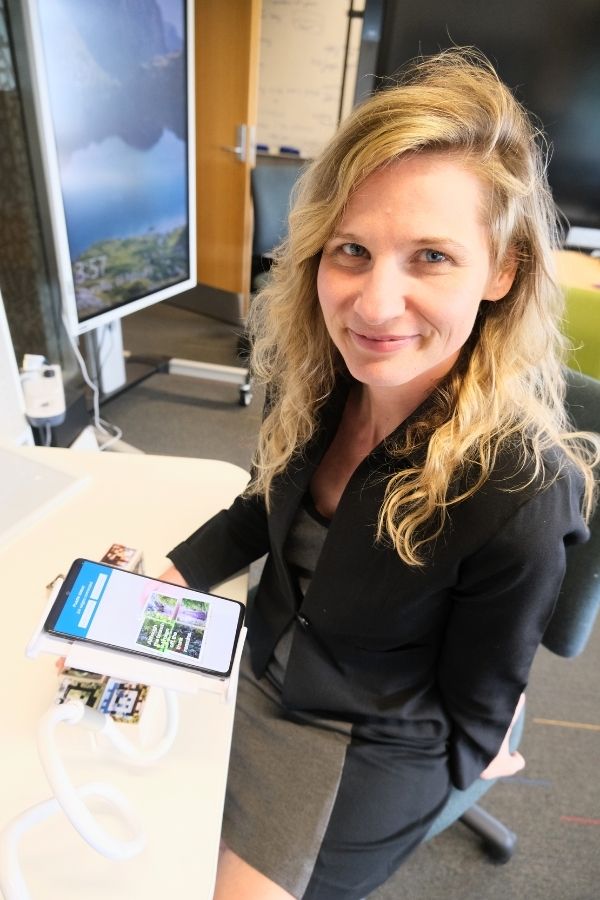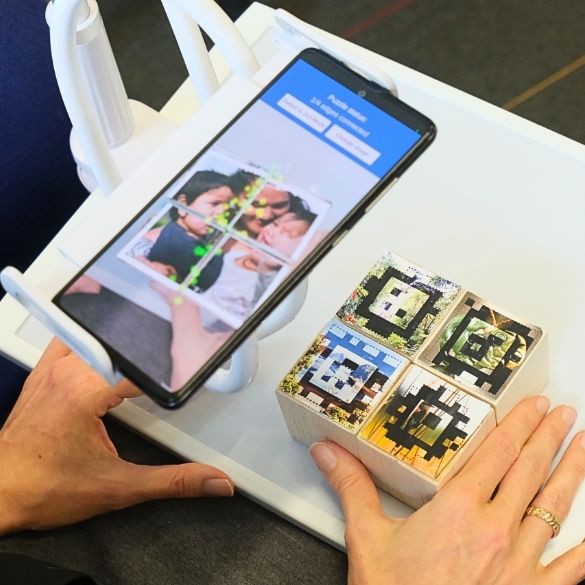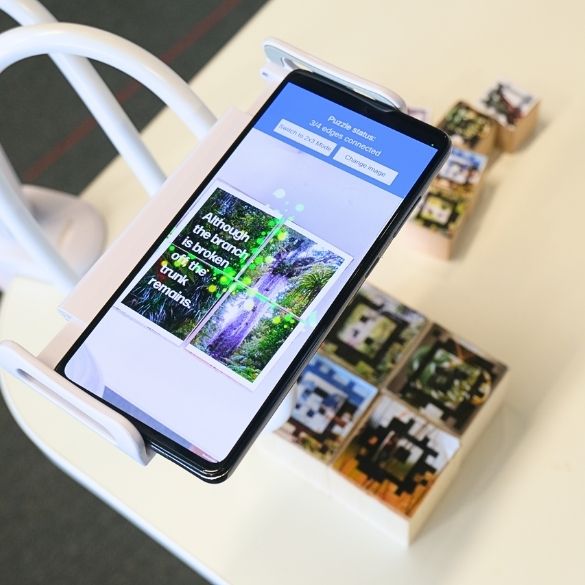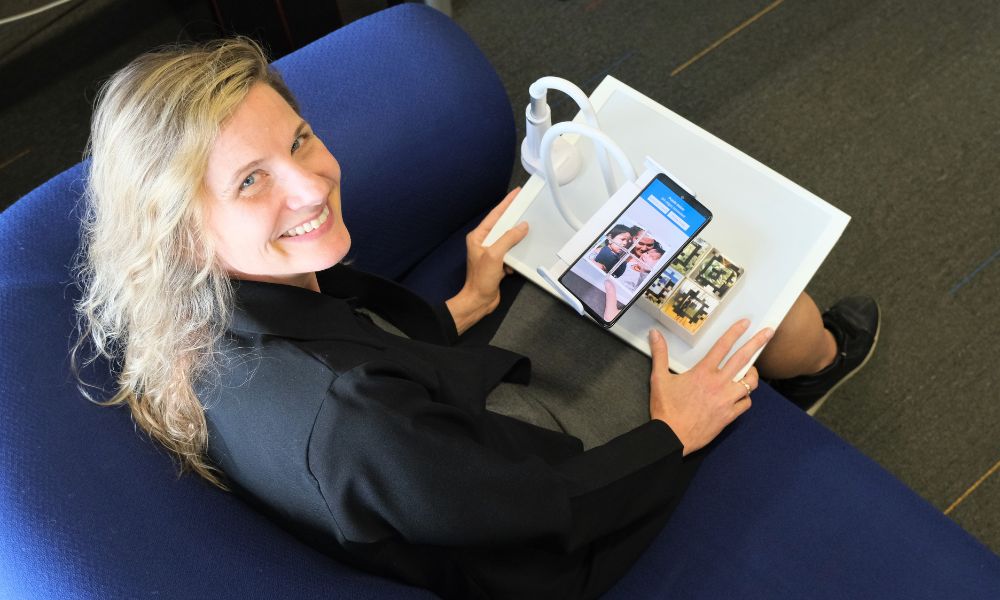For patients recovering from stroke, the leading cause of adult disability in the developed world, the rehabilitation process is monotonous and solitary.
Researchers at Waipapa Taumata Rau, University of Auckland are working to change that with an augmented reality game that strengthens the body, stimulates the brain and encourages social connection.
Associate Professor Danielle Lottridge, a human-computer interaction expert with the School of Computer Science, along with colleagues including neurorehabilitation experts Professor Cathy Stinear, Professor Winston Byblow and Research Fellow Harry Jordan, wanted to develop a rehab tool that would motivate patients to keep going.
With collaborators including Amber Taylor (Ngāti Whātua, Ngāpuhi, Te Rarawa, Tainui, Ngāti Mutunga, Te Ātiawa), CEO of ARA Journeys, an award-winning Māori-owned game development company, honours student Maya Gibson (Ngāti Apa) and hospital physiotherapist Jon Bagnall, the researchers are prototyping an augmented reality game for stroke rehab patients.
“There’s a massive problem in that people cut their rehab too early and never finish their programme,” says Taylor. “We’re really hoping the gameplay we’ve come up with encourages daily use and keeps up engagement levels so patients keep improving their movement and coordination.”



